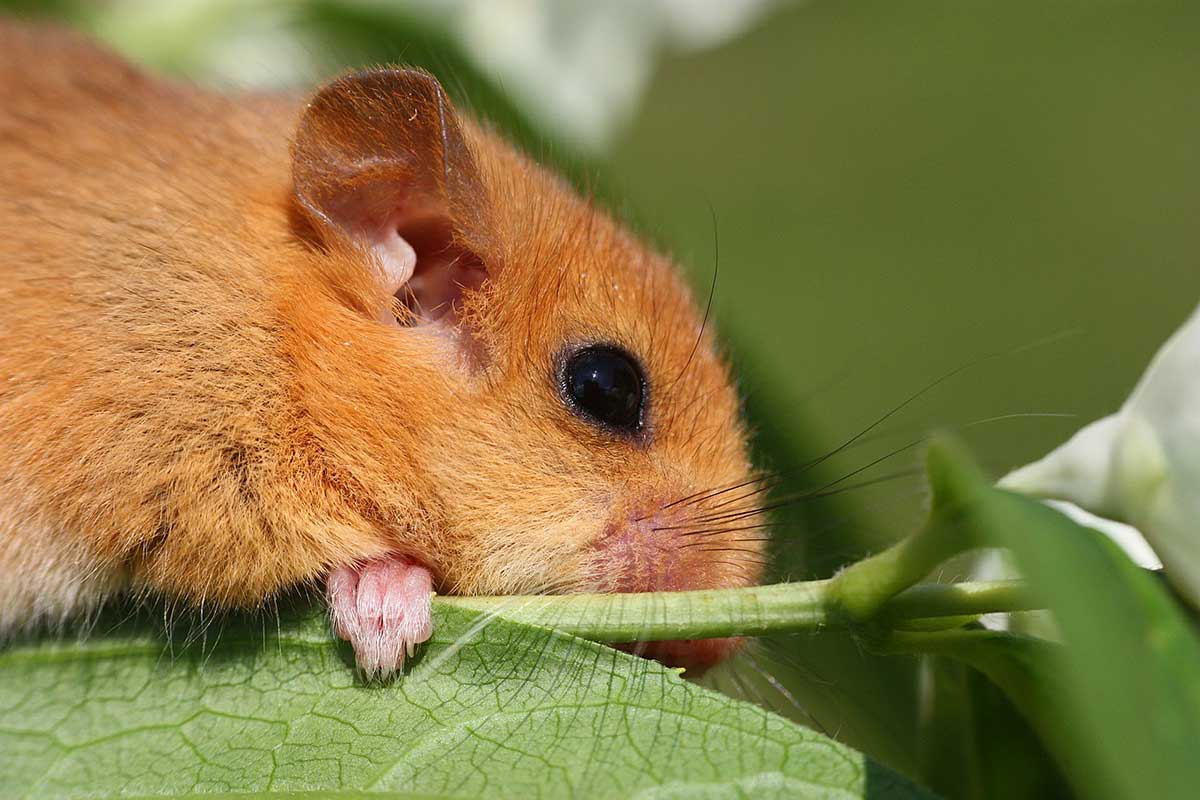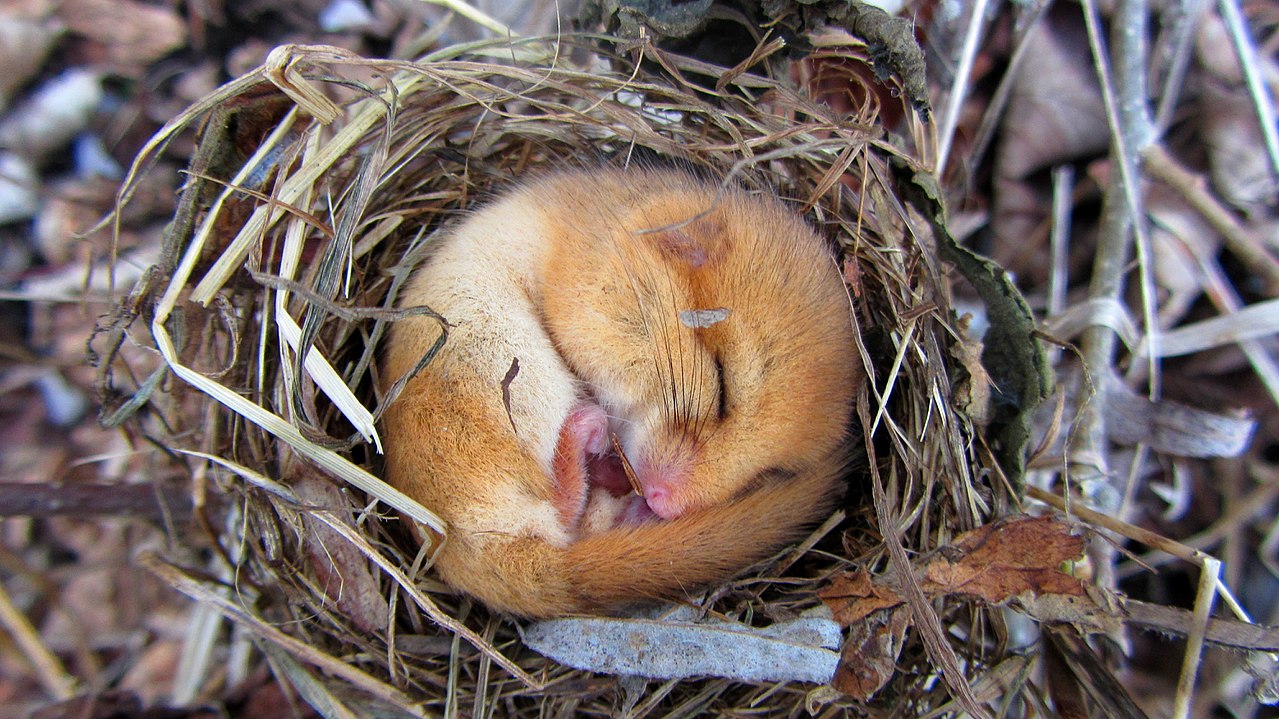
During these uncertain times, it seems that nature really is thriving, with many stories of it reclaiming public spaces during lockdown being shared across the world.
South West Lakes Trust’s conservation work is still in full swing with the first dormouse surveys of the year taking place last month. The Trust started this monitoring programme in 2005 with at least two surveys each year, one in May and one in September however, this is the first time in 15 years that the surveys have not been able to host a group of volunteers due to social distancing guidelines.
This is one of Emma Scotney’s (SW Lakes Ecologist) favourite times of year – “To be able to engage with fellow wildlife enthusiasts of all ages is a real pleasure, however this year I had to set off on the dormouse searches alone. The surveys began at Roadford Lake, located on the edge of Dartmoor National Park, boasting four woodlands with dormouse boxes. I found one active male dormouse who weighed 12 grams.”
The second site was Trenchford Reservoir, another Dartmoor gem. Three male dormice were recorded. Two were active and weighed 17 and 21 grams, the other dormouse was torpid, this is a sleepy state, which is not uncommon in spring and is to conserve energy. This one weighed 15 grams. Although he was lighter than the rest of the dormice, these are all healthy weights for a dormouse that has just come out of hibernation.
The final site to check was Meldon Reservoir, surrounded by steep-sided banks and dramatic Dartmoor tors. South West Lakes only found dormice for the first time at Meldon last year (2019) and decided to change from nest tubes to wooden nest boxes during the winter. Wooden nest boxes are easier to check and are a better way to conduct long term monitoring of the population. It can take some time for dormice to use brand new boxes, but Emma found one male weighing 21 grams. It is common practice to weigh active dormice in small bags. This is done very quickly and safely with a licenced dormouse surveyor present.
So, overall, a fairly normal start to the season. Emma was very happy to find dormice at each of the sites visited – “We always find intruders in our nest boxes, which usually include wood mice, birds, shrews, spiders, slugs, bees and bats. This round of surveys I had two new experiences. The first was having no wood mice in any of the boxes; usually we find more wood mice than dormice, and secondly was a nest of coal tits with 7 healthy chicks!”
“We look forward to welcoming back our volunteers when it is safe to do so. All of our findings go to the National Dormouse Monitoring Programme which enables us to understand more about dormice ecology and the wider populations. We will continue to keep up our good management to ensure that this protected species continues to succeed at our sites.”
If you would like to receive details of these dormice events and other wildlife surveys, please email escotney@swlakestrust.org.uk

